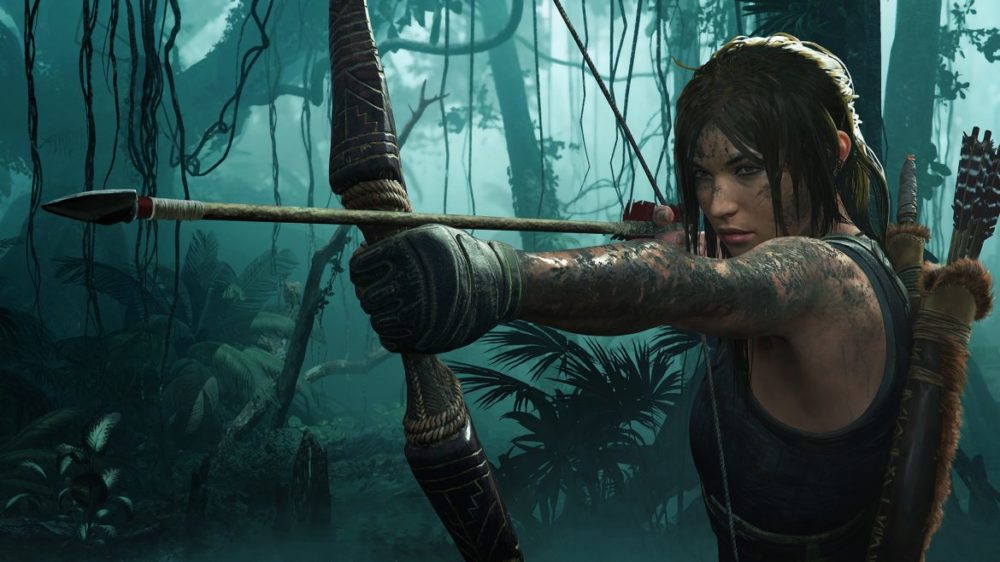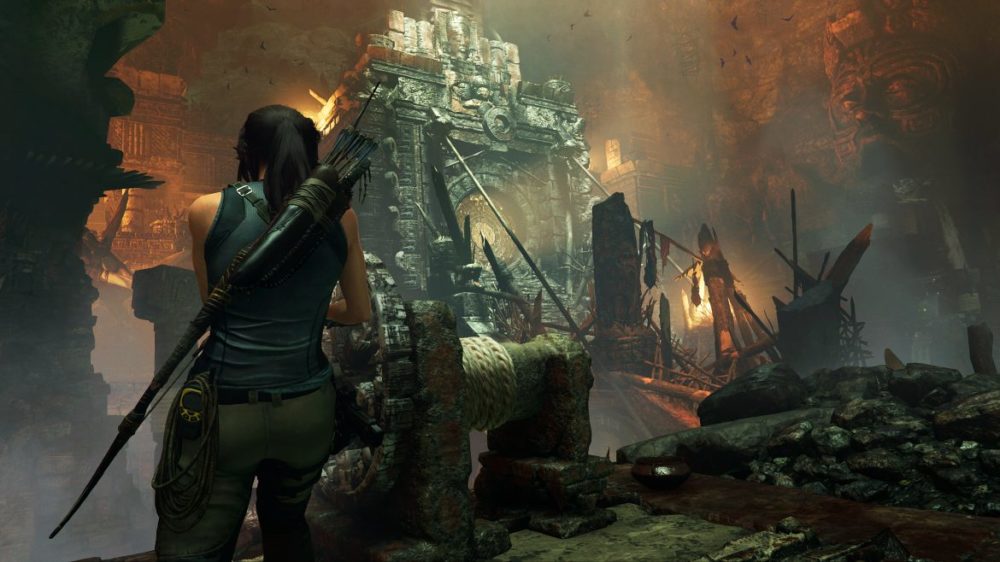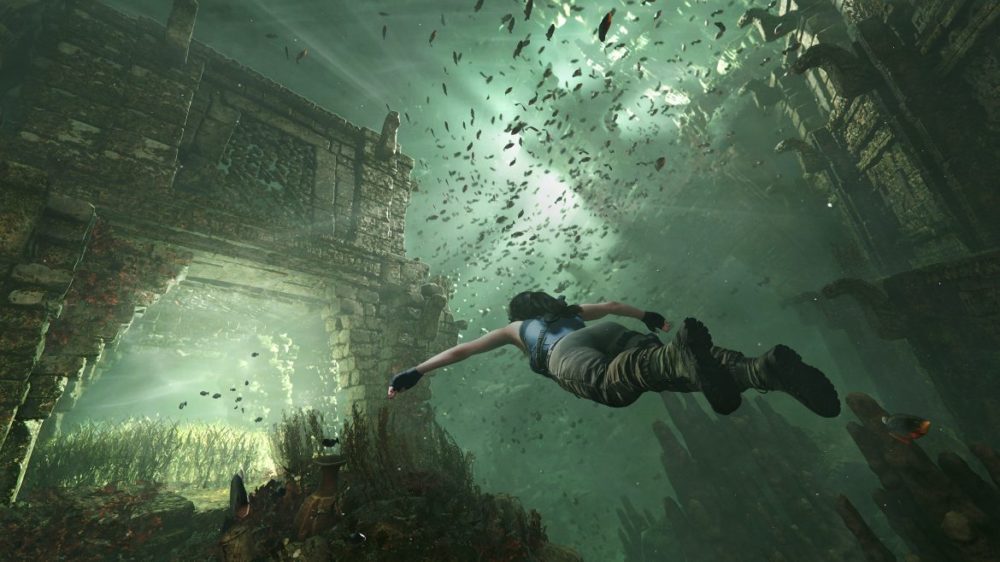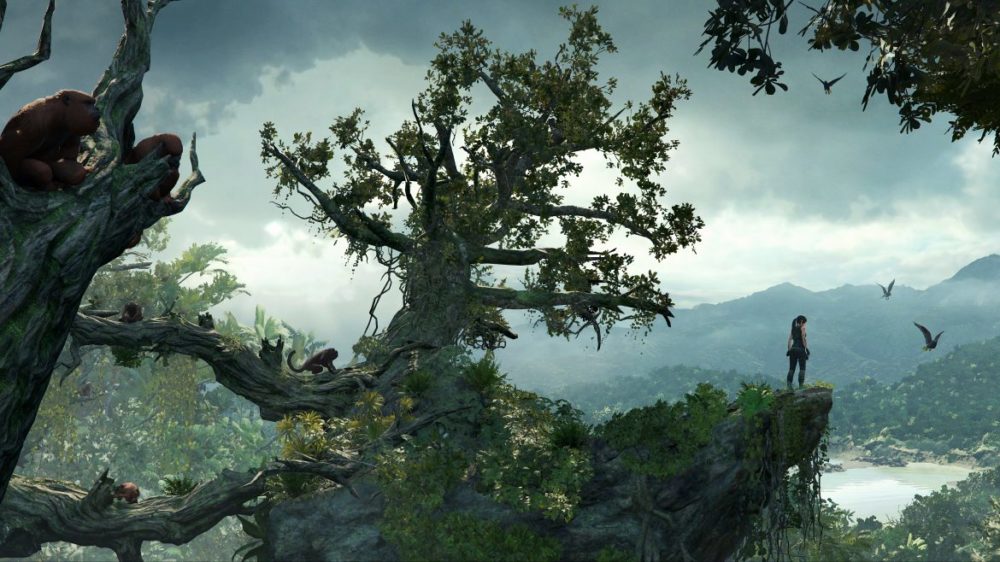TL;DR
Shadow of the Tomb Raider concludes Lara Croft's origin story with stunning visuals and immersive audio, offering a familiar yet refined action-adventure experience. While it excels in presentation and gameplay mechanics, the developers face challenges in innovating the established formula, leading to a sense of familiarity for series veterans. The game boasts impressive graphics, particularly on PS4 Pro with its frame rate mode, and a dramatic sound design that, at times, leans towards melodrama. Gameplay remains consistent with previous titles, featuring puzzle-solving, exploration, and skill upgrades. Though a compelling and well-crafted installment, it hints at a need for a fresh direction for the franchise. Dive into the full review to see how it stacks up!
It’s been five years since Crystal Dynamics revitalized the Tomb Raider franchise with their self-titled reboot, earning a full score in our review. Two years later, we thoroughly enjoyed the sequel, Rise of The Tomb Raider, a title that effectively showcased the enhanced capabilities of the PS4 Pro and Xbox One X compared to their base counterparts. Now, we have Shadow of the Tomb Raider, the concluding chapter in the origin story of Lara Croft’s transformation into the iconic Tomb Raider.
The third installment draws inspiration from Mel Gibson’s acclaimed film, Apocalypto. The narrative begins with high drama: a plane crash deep within the Amazon rainforest, followed by a quick transition to Dia De Los Muertos in Mexico. The global organization Trinity seeks a mythical artifact, believing it will trigger the return of the Aztec god Kukulkan, who is destined to destroy the old world and usher in a new era. Unsurprisingly, Trinity’s vision of this new world clashes with Lara’s, initiating a race to locate the artifact first. Unlike the grounded realism of the film adaptation starring Alicia Vikander, the games readily embrace elements of magic, supernatural occurrences, and established mythology.
The new Tomb Raider games have consistently delivered impressive visuals and high production values, and Shadow of the Tomb Raider continues this trend. It stands as the most visually stunning and aurally immersive game in the trilogy. From the opening scene, the game showcases its visual fidelity with striking contrasts in color, light, and shadow, enriched by a wealth of intricate details – all presented in HDR. The PS4 Pro offers two graphics modes: one prioritizing resolution (locked at 30 fps) and another that reduces resolution slightly for an unlocked frame rate (which fluctuates but rarely falls below 45 fps). We recommend the frame rate mode for a smoother and more dynamic experience, with minimal discernible difference in resolution. According to the latest patch 1.03, the game dynamically adjusts between 1080p at 60fps and 1872p at 30 fps. We will provide precise measurements once we have analyzed the release patch, as this early version was not final. We also intend to share our impressions of the Xbox One X version closer to release, to assess its ability to maintain true 2160p (4K) resolution (this review will be updated accordingly).
The game features a sophisticated and often dramatic sound design, incorporating numerous surround effects to enhance the atmosphere. Subtle sound cues create a convincing sense of presence within the Amazonian jungle. At times, the sound design leans towards melodrama, with heightened orchestral swells and ominous voices, potentially aiming for a horror-infused adventure feel, but occasionally resulting in a somewhat overbearing experience. A more restrained approach might have been more effective.
In terms of control and gameplay, familiar mechanics await. Those who have played the previous two games will know exactly what to expect. The skill tree has been visually modified, but functions identically, focusing on resource acquisition for crafting, upgrades, and effect management. A new feature allows Lara to consume plants to enhance her perception, a detail reflecting practices in certain regions of South America. While interesting, it doesn’t fundamentally alter the gameplay. The ability to evade ongoing battles is a more significant addition, although it doesn’t drastically change the core experience. Players will progress through the main storyline, solve puzzles in optional tombs, and uncover hidden abilities in Challenge Tombs – mirroring the structure of previous installments. The well-designed and meticulously crafted nature of the new Tomb Raider games makes it challenging for the developers to significantly improve upon the established formula. However, this doesn’t preclude the possibility of innovative additions.
Shadow of the Tomb Raider, like its predecessors, consistently delivers high quality. It’s accessible, engaging, well-acted, audiovisually impressive, and compelling to play. However, similar to other acclaimed series like Uncharted and God of War (prior to its reboot), the experience begins to feel somewhat familiar, and the element of surprise is diminished. To be clear, Shadow of the Tomb Raider is a compelling title, highly recommended for fans of action-adventure games, as reflected in our rating. But in the way that some fatigue began to set in with Uncharted 4, and God of War had seemingly reached its creative limits with Ascension, Shadow of the Tomb Raider resembles another piece from a familiar, albeit exquisitely crafted, cake. It provides the same refined action-adventure experience, but largely through a reiteration of existing ideas, game challenges, and inspiration (much of which draws from the Uncharted series).
The franchise is ready for a new direction, perhaps a reboot of the reboot, allowing us to follow Lara Croft as the definitive Tomb Raider. While the specifics remain unknown, we are hopeful for a transformation akin to Sony Santa Monica’s God of War reboot. Thank you, Lara, and thank you, Crystal Dynamics, for a compelling trilogy. We are eager to see what the future holds and experience something new that will once again captivate our senses.






